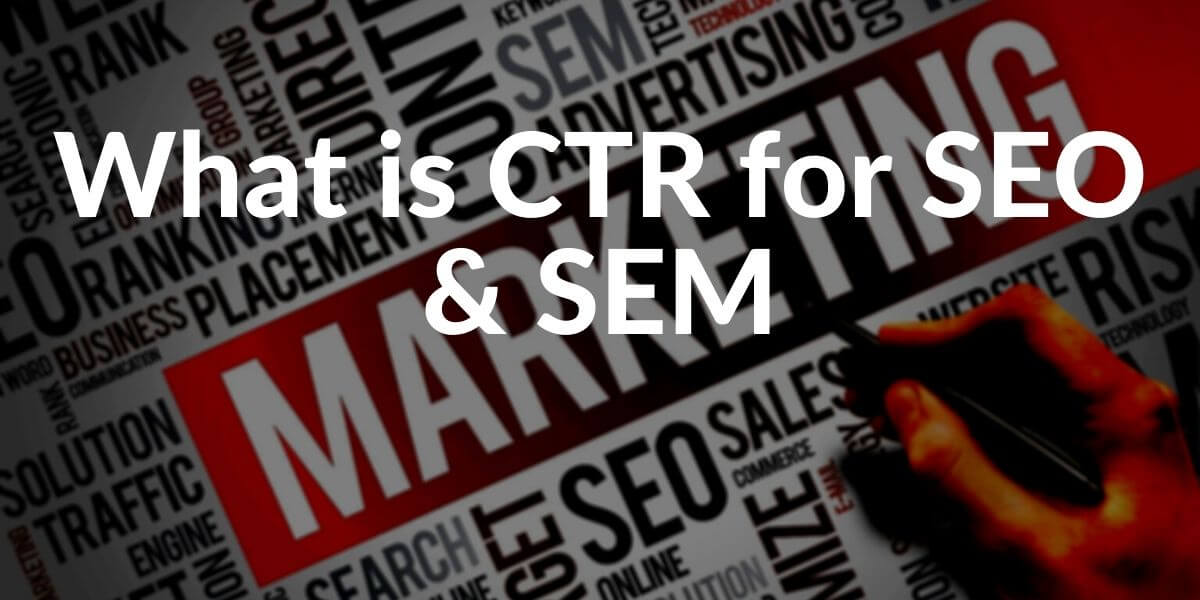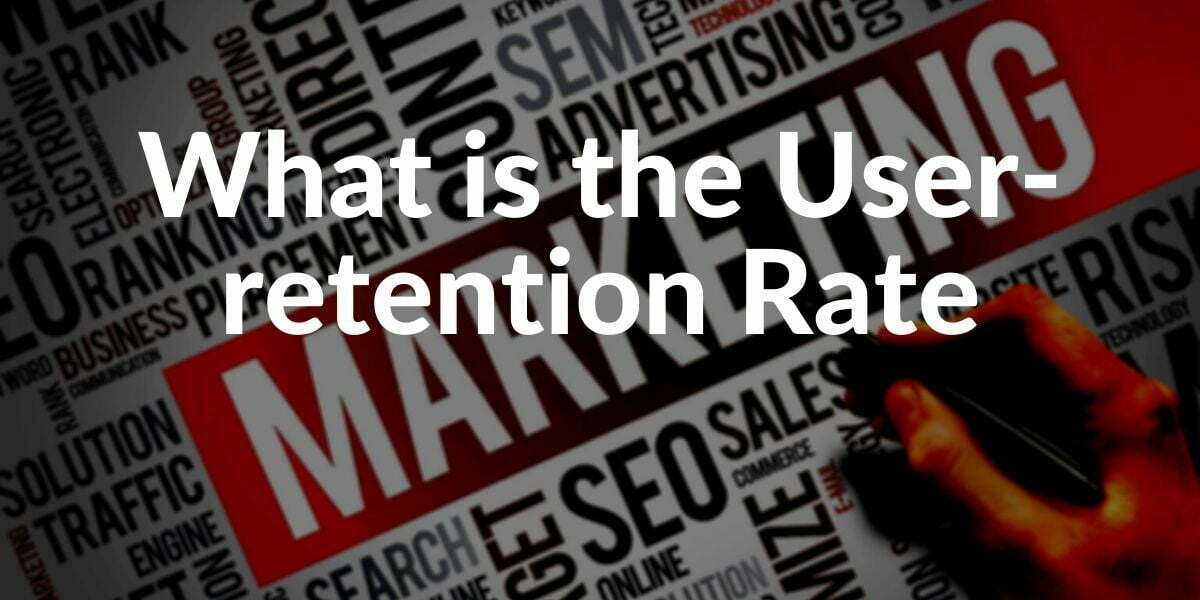Page Impressions (Impressions or Page View, abbreviated: PI) is a term from web analysis. This designates a visual contact or the page request of an entire HTML document with a browser. This is why the PI is often referred to as contacts. If page impressions are registered, there is usually no assignment to a specific user. A user can call up several pages and generate several page impressions.
Since with the help of page impressions, it is not possible to make a clear statement about the specific user behavior, and rather it is a quantitative analysis, measurements such as unique visits or visitors are preferred as the basis for traffic evaluations for qualitative web analyzes. Page impressions play a role above all in the pricing of display advertising in the form of CPM.
When a browser calls up a website, it loads the corresponding HTML document from the server. At this moment this visit is registered as a page impression in the log file of the server. In principle, page impressions can also be generated by automatically opening websites. Both crawlers and human user impressions are generated and the exact assignment can only be made by evaluating the visitor sources or hostnames. That’s why knowing the user-agents and log analysis are important for SEO and Digital Marketing.
Significance of Impression in Advertising Marketing
Page impressions play a major role in media planning and advertising marketing in online marketing. Here, a payment model Cost Per Thousand (CPM) or Cost-Per-Mile (CPM) is used as the basis for billing. The buyer of the traffic pays a certain amount per thousand advertisements, i.e. per thousand impressions.
In this case, we actually speak of “ad impressions”. However, since it can be assumed that the user will also see an advertisement when loading a complete website, ie a page impression, the terms “page impression” and “ad impression” can be used interchangeably. However, of course, due to the technical possibilities, multiple ad impressions per page impression are also possible.
When booking banner advertising, the marketer can also select the quality and type of advertising network, but the CPM unit of measurement remains a quantitative criterion in order to achieve reach. In order to target the display advertising to conversions, the focus should not be on page impressions, but rather on targeting or, more specifically, retargeting. Alternatively, display campaigns are often also based on CPA (Cost Per Acquisition), i.e. based on performance.
For a long time, the page impression was interesting from the point of view of advertising marketing, as it was used as a measure of, for example, the definition of CPM costs (thousand-contact price) and marketing modes. In the meantime, the information community for determining the distribution of advertising media has downgraded the importance of page impressions, but it still mostly plays an important role in daily practice. Why? Because it is particularly relevant for the owner of a website how many PIs their website generates in detail. With the help of this key figure, companies can then decide on which pages to place advertising. Some sites have a better performance than others, and important advertising partners can then be offered advertising space on them. In addition, range analyzes can also be created using page views or page views.
Impressions on Google AdWords
If you opt for display advertising with Google AdWords or Bing Ads, you can also bill using the CPM model, i.e. page impressions. Page impressions play only an indirect role in normal click-based advertising, namely when calculating the CTR. Because here the ratio of the number of displayed text advertisements to the actual clicks is counted. The same also applies to PLA (Product Listing Ads). If the respective ad is e.g. For a specific keyword, displayed 100 times next to the SERP and clicked only once, the CTR is one percent.
Page impressions and SEO
In search engine optimization, the page impressions can provide information about whether a website is actually accessed. In connection with the bounce rate and the length of stay, you can finally get an impression of how attractive web content is for the user. A prerequisite for meaningful analysis is that bots and other automated calls are excluded from the analysis.
You can use the page impressions to see which pages of a website are being accessed, which are less, more, or not at all. However, these figures alone do not allow a clear statement to be made about the quality of the page. Because just because a page is accessed frequently, it does not have to mean that it offers the user what he expects. You can only read specific results on page quality in connection with web analysis values such as the length of stay or the bounce rate. Of course, the crawlers must be excluded from the analysis so as not to falsify the result.
If the number of page impressions increases unnaturally, possible conclusions can be drawn about automatic access, which can then be implemented with appropriate measures, e.g. the exclusion can be prevented via the robots.txt.
What is the Impression in Search Console?
The Page Impression term can change its definition and content according to the context. Google Search Console counts every impression according to the Search Activity. If a user searches a query and if one of the web pages of the web site has been on the first web page even if it is on 9th rank, it will be counted as +1 impression. It means that even if your web page is not on the view of the user if it is on the SERP, it will get the impression.
This is also valid for Image, Video, Web and Map Search.
However, Discover has a different definition of impression. The web site will get the impression if the web page is only in the view of the user’s device screen. And, the impression can be counted only once. It means that, even if the result on the Google Discover has entered the view of the user second time, it won’t get an impression on the second time.
Impressions on the Google Search Console can help an SEO to understand the situation of a web site. For instance: checking the non-brand queries with high impression, high average position and low clicks may show the quick win queries.
To learn more about Google Search Console Data Reading, you can read our Holistic SEO Guidelines.
- Sliding Window - August 12, 2024
- B2P Marketing: How it Works, Benefits, and Strategies - April 26, 2024
- SEO for Casino Websites: A SEO Case Study for the Bet and Gamble Industry - February 5, 2024


